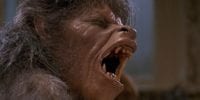The horror genre has existed in cinema for over a century—in other words, horror films have been around about as long as motion pictures themselves. From the earliest horror short films directed by Georges Méliès in the 1890s to the faceted, robust production industry that propels the genre today, horror movies have always served us by enabling us to project our forbidden desires and secret fears while formalistically stretching cultural boundaries. Our Horror Through the Decades series examines definitive qualities of the horror genre in each decade from the 1940s through the 2010s.
This week, Corey Callahan explores new distinct styles that emerged in horror cinema in the 1960s.
Woman Takes Shower, Cinematic Horror Changes Forever
Even a cursory survey of the horror cinema of the 1960s reveals just how fragmented the genre was at the time. This isn’t that surprising considering it was a time of transitional period between the 1950s and the 1970s, two radically different decades for horror cinema. Additionally, the horror films of this decade were set against the backdrop of a great schism, one that effectively divided horror cinema into two distinctly separate camps. The cause of this rift came right at the beginning of the decade with the release of Psycho in 1960, the watershed moment in the evolution from the classic to the modern horror film.
So much has been written about Psycho, that it feels redundant to talk at any great length about it here. Suffice to say that the modern horror film as we know it does not exist without Psycho. More than any other single film, it paved the way for a new type of horror film, one more grounded in reality, more violent, more subversive, more nihilistic, and altogether just nastier and more disturbing than what had been typical of the genre previously.
Despite Psycho‘s enormous impact, the changes it wrought were by no means instantaneous. The remainder of the decade was still rife with reiterations of Dracula, Frankenstein’s monster, and other cinematic horror chestnuts. There were, however, horror films throughout the decade that managed, as Psycho had, to break free of the tropes and formulas of the past. While these films did not necessarily forge a single, coherent identity for the decade, they did help to distinguish it from the previous decade and foreshadowed the one to come.

“Alfred Hitchcock” by twm1340 is licensed under CC BY-NC-SA 2.0
The Class of 1960
Psycho was not the only important horror film to come out in 1960. That same year saw the release of Peeping Tom, another film about a voyeuristic killer who, despite his monstrous deeds, elicits some sympathy. The film was ahead of its time in its depiction of violent murders (admittedly tame by later standards, of course) and its exploration of deviant desire and psychosis; it was so scandalous, in fact, that it essentially ruined the career of its director and Hitchcock’s fellow Englishman, Michael Powell.
Also, the original master of Italian horror Mario Bava’s official directorial debut, Black Sunday, was released that year. Though it featured familiar cinematic horror tropes and conventions such as a European setting in the distant past, baroque castles, and elements of vampire mythology, its brash visual style (a Bava calling card) and its startling depictions of violence, death, and decay easily distinguished it even from its contemporaries that were working with similar material.
Finally, 1960 also saw the release of the French film Eyes Without a Face. The film is striking for its haunting black and white cinematography, beautiful score, and the indelible image of Christiane in her almost but not quite lifelike mask. However, the film is most famous (or, perhaps, infamous) for one particular scene involving a rather gruesome surgical procedure. In 1960, this scene must have been absolutely shocking to audiences; even today, it retains the ability to unsettle.
Whatever Happened to Baby Jane? Perhaps She Went to the Carnival of Souls?
Jumping ahead to 1962, we have one of the great, lesser-known horror films of the decade. Director Herk Harvey never made another feature film after Carnival of Souls, but fortunately, the one he made was enough to cement his place in film history. Based on the title alone, Carnival of Souls seems like a ghost story; however, it really isn’t, at least not in any traditional sense.
While not as grounded in reality as films like Psycho, Peeping Tom, or Eyes Without a Face, it is also not explicitly supernatural. It also feels miles away (literally and figuratively) from contemporaries such as Hammer’s films or Corman’s Poe films. While at a cursory glance, Carnival of Souls might appear to be just another low-budget, early-’60s horror movie, it is anything but your standard schlocky scarefest. It’s a strange movie, one with an almost surreal quality (in fact, at times, it is surreal). I’ve never seen another film just like it, and really not many like it, period.
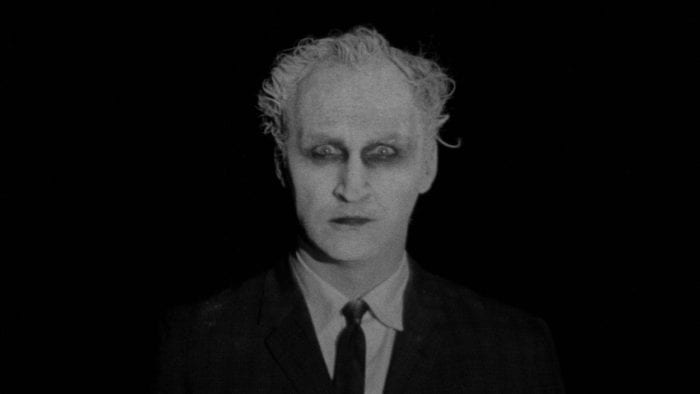
Remaining in 1962, we see have the release of another classic, though one far more well-known than Carnival of Souls. Whatever Happened to Baby Jane? kicked off a brief but fruitful wave of films featuring female stars of yesteryear playing variations on a theme, in this case, the theme of “batshit crazy older woman.” Here, Bette Davis plays the disturbed titular character who physically and mentally abuses her wheelchair-bound sister Blanche, played by Joan Crawford. Despite being way too long at nearly two hours, fifteen minutes, the film is essential viewing for the performances of its two stars and for its depiction of a loathsome but simultaneously pathetic character’s descent into total insanity.
Last Man on Earth Enjoys Blood, Black Lace, Crazy Japanese Demon Masks
Two more important horror films were released in 1964: Blood and Black Lace and The Last Man on Earth. The first is probably the single most influential of Mario Bava’s films during the decade. Without it neither the giallo nor the slasher subgenre as we know them would exist. Really, all of Bava’s horror films during this decade are essential viewing as he was the single most consistent filmmaker working within the genre at the time. While Black Sunday is probably the best display of Bava’s skillful use of black and white cinematography (though his follow-up film The Girl Who Knew Too Much is pretty close), Blood and Black Lace is perhaps the pinnacle of his work in color (one of the cinematic elements for which he is best known). It is this film that creates the stylistic template for the giallo subgenre, most notably the jarring but oddly alluring juxtaposition of lush visuals and violent death.
The Last Man on Earth, while a dramatically different film, was, like Blood and Black Lace, an Italian production released in the US by American International Pictures (the company behind most of Roger Corman’s films). It stars Vincent Price, who also starred in Corman’s The Masque of the Red Death (probably the best film in the Poe Cycle) that same year. Like The Haunting, the film is also based on a now-classic work of horror fiction, in this case the sci-fi horror novel I Am Legend by Richard Matheson (who co-wrote the screenplay under an assumed name).
Unlike The Haunting, Last Man is a low-budget film and it often shows, especially in the color version. While Blood and Black Lace was also a low-budget film, it had the distinct advantage of having Bava at the helm. Though it is competently made, suffice it to say that no one would ever mistake Last Man on Earth for being a Bava film. It is, however, a decidedly grim affair, certainly more than most sci-fi films of the previous decade. Its influence on Night of the Living Dead four years later, both through its bleak tone and its depiction of what were essentially Romero-style “zombies” is quite apparent.
Perhaps the most well-known Japanese horror film of the decade was released in 1964. Onibaba is a visually beautiful film and one whose languid and elliptical style easily set it apart from most American films of the time. It is also a highly symbolic and allegorical film. While there are clearly many things one could say the film is “about” (and if I were more familiar with Japanese history, both ancient and recent, I would surely be more keenly aware of some of them), the two most obvious are, broadly put, sex and violence.
Although made in the 1960s and set in the 1300s, Onibaba feels very modern. It does not shy away from frank (though not graphic) depictions of violence, sex, and nudity. Primarily, Onibaba is about the fraught relationship between a woman and her daughter-in-law who have turned to some unscrupulous methods in order to support themselves in a war-torn Japan. Aside from the aforementioned sex and violence, the film is also concerned with such universal themes as familial dysfunction, jealousy, and greed. As is true of the best horror films of the decade, these themes are explored more openly and in greater depth than was typical of the pre-Psycho era.
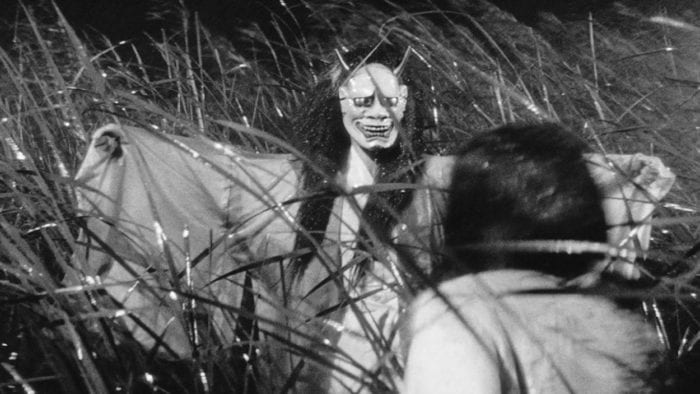
Repulsion by Roman Polanski, The Smell of Fear
Moving on to 1965, we see the release of Repulsion, the first English-language film by Roman Polanski, a director whose work is nearly as influential for the genre as Hitchcock’s.
Repulsion is a psychological horror film in the full sense of the word. The main character’s psyche is the horror in this film. This concentrated inward focus puts Repulsion in stark contrast to the majority of American films that were produced at this time. The contrast becomes even more pronounced when we consider the nature of the mental space we have been invited into. Repulsion is rife with psychosexual neuroses (which, of course, eventually devolve into full-blown psychosis), anxieties, and instances of the psychically fraught intersections of sex and violence. While, by 1965, these subjects were not entirely absent from American films (particularly within the horror and thriller genres), they were seldom if ever depicted in such a frank and disturbing manner.
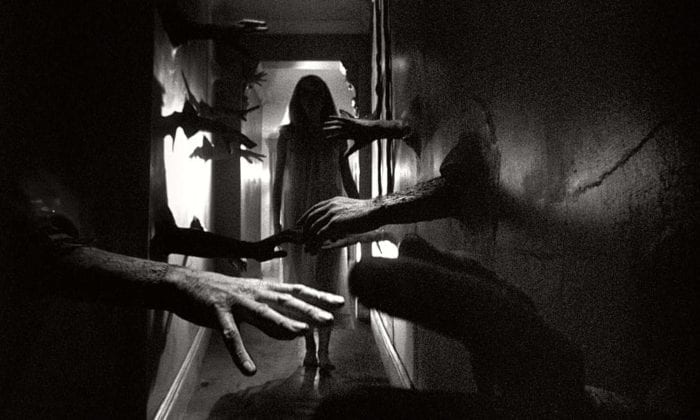
Rosemary and the Night of the Living Babies
We move now to 1968 and the second of Polanski’s classic horror films of this decade, Rosemary’s Baby. This year is generally considered the pivotal year in the transition from classic to modern horror due to the release of two of the most seminal horror films of all time: Polanski’s film and George Romero’s Night of the Living Dead. Earlier, I alluded to the latter as perhaps second only to Psycho in terms of its impact on the modern horror film, a point I will elaborate on shortly.
In considering the horror cinema of the 1960s, it is the years 1960 and 1968 that are unquestionably most significant. Psycho and the rest of The Class of ’60 seemed to signal a general turn toward a darker, grittier, and more visceral kind of horror film for the new decade, though this change didn’t fully materialize right away. By 1968, the single year most associated in the popular consciousness with the chaos and unrest of the ’60s, the dark promise of those films was finally coming full circle (and then some) with Rosemary’s Baby and Night of the Living Dead. Without directly touching on specific social and political issues of the day, we can say the aura of that strife-filled and turbulent period permeates these films. Both share an intangible and overarching sense of despair, paranoia, and nihilism that is inescapable.
In Rosemary’s Baby, Polanksi continues to explore much of the same territory as in Repulsion. Both films center on a uniquely modern, urban sense of paranoia, one in which our protagonists’ sense of confinement is both literal and figurative. In each film, the larger outside world and the smaller world that we call “home” are equally frightening. As such, in these films there really is no escape from danger; those close to us may be as much a threat as the strangers “out there.”
Unlike Repulsion, Rosemary’s Baby is a supernatural horror film. However, very little of its horror comes from anything overtly supernatural. In fact, except for the very end of the film (and even here there is at least some ambiguity), everything that happens could feasibly have a non-supernatural explanation. Like Psycho and many of the best horror films of the decade, one of the great accomplishments of Rosemary’s Baby is taking horror out of the realm of the long ago and far away—the exotic world of ghosts, monsters and mad scientists—and into the here and now, an eminently recognizable world full of people who could be, if you were so unlucky, your next-door neighbors.
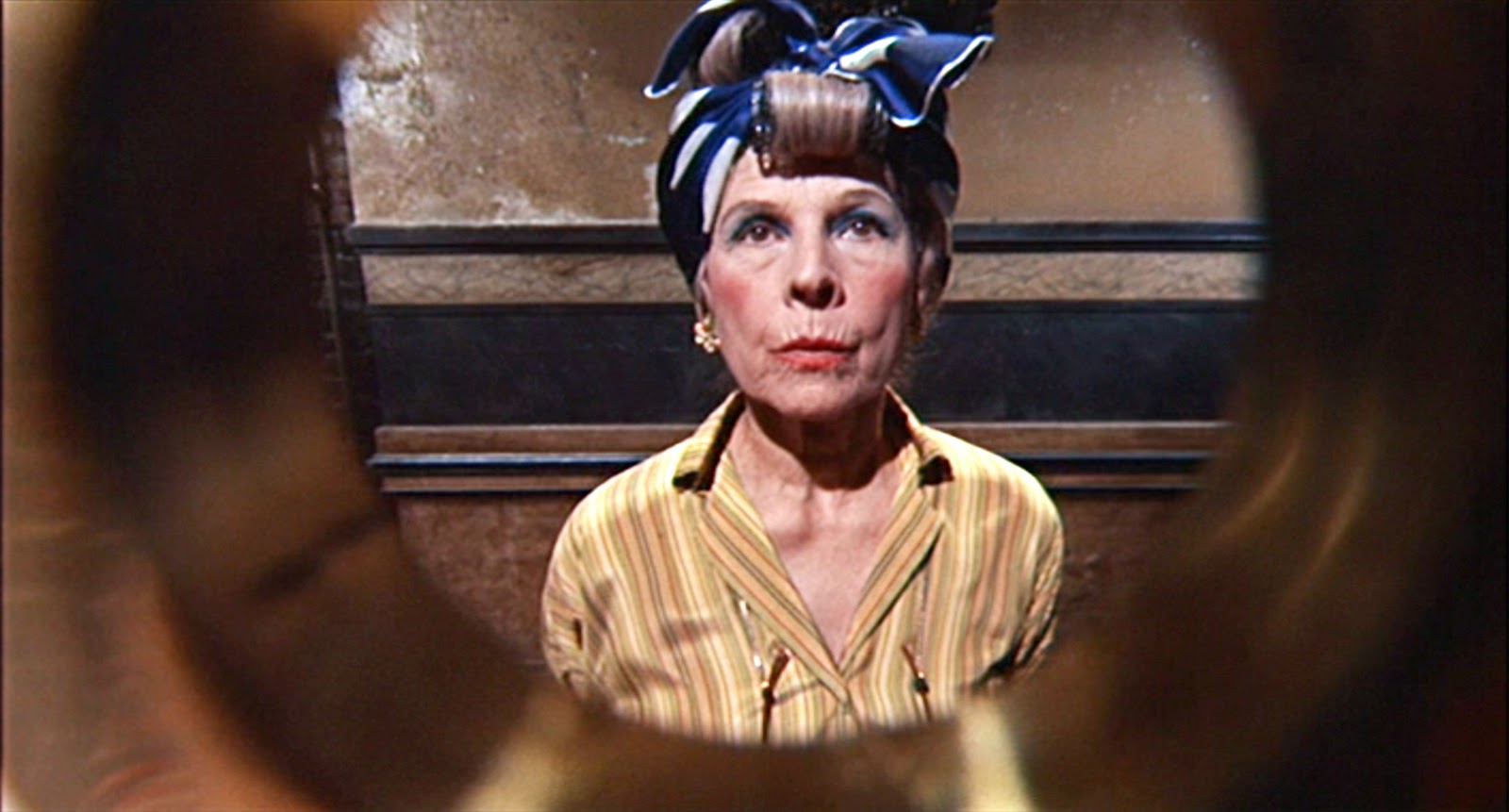
It’s interesting that the two films that so embody the “true” beginning of modern horror are so very different, at least on a superficial level. On the one hand, Rosemary’s Baby was a relatively high-budget, Hollywood studio film with a known director and known stars. It was also based on a best-selling novel by a well-known author. Night of the Living Dead is the opposite in every regard; it was an ultra-low-budget, independent film made by and featuring unknowns.
Aside from this, there are, of course, other differences. Perhaps most notable is the subtlety between the two films. Rosemary’s Baby is effective because it is more for what is implied than what is explicitly shown. The Devil rape scene, whether real or dream, is perhaps the only exception and is by far the most explicit scene in the film. Night of the Living Dead is a film in which the horror is almost constantly on display, so there is no need to imagine it. This visual dread is part of what made it so shocking at the time. This is no small difference, and it would seem yet another reason to think that the two films simply have nothing in common.
However, there are important ways in which the two films are not that dissimilar. One key similarity is that each film grounds its otherwise far-fetched premise in a world that feels real, from the geographic locations to the seemingly minor details of time and place, to the characters and how they behave, each film has a sense of verisimilitude that stands in sharp contrast to their more fantastic plot elements. For a horror film, grounding the narrative in this way accomplishes something very significant: it lessens the potential for aesthetic distance between the film and the audience.
This sense of distance can be very protective and very useful for an audience, particularly one that doesn’t want to be too scared (or in some way deeply affected). Most horror films prior to 1960 largely operated with this kind of built-in distance, making them often more fun than truly frightening or disturbing. As the decade went on, films began to emerge that seemed less concerned with shielding viewers from anything too unpleasant or upsetting. Night of the Living Dead feels like the first to go all the way, essentially saying, “F*ck your aesthetic distance.” This unspoken mantra would be adopted with great zeal by other horror filmmakers in the years following Night of the Living Dead, as more and more horror films would come to feel almost like an assault on their audiences (Last House on the Left and The Texas Chain Saw Massacre immediately come to mind).
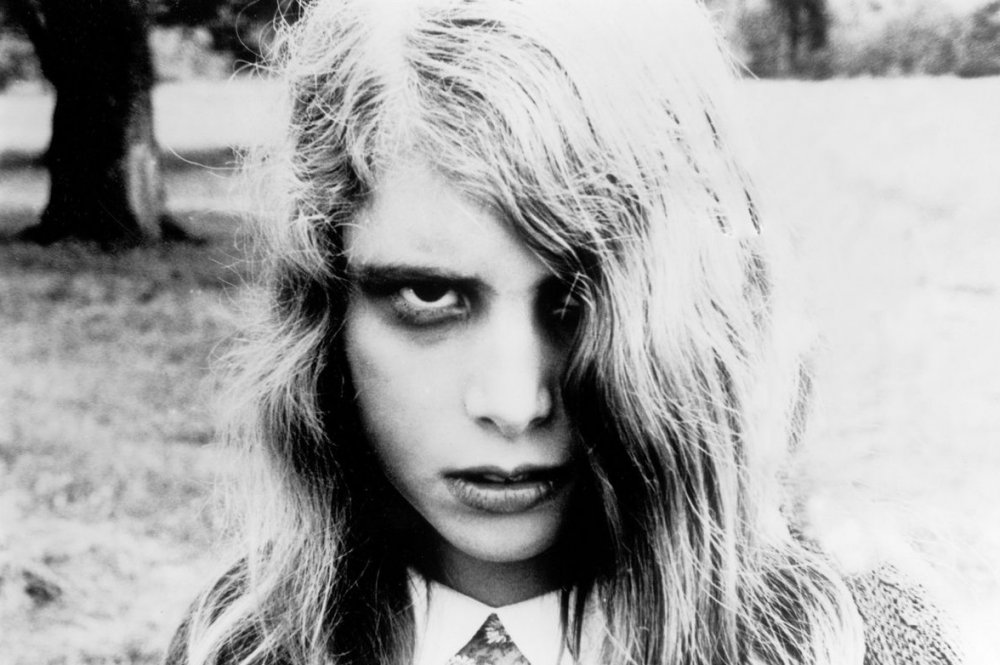
Bringing It Back to Hitchcock (of course)
Eight years earlier, Hitchcock essentially began that assault when, roughly 45 minutes into Psycho, he had his protagonist brutally stabbed to death with a large knife, in the shower, by what would turn out to be a man wearing a dress to embody his dead mother. In Night of the Living Dead, a young girl in a dress, who is dead, stabs her mother to death with a trowel in a basement. While this scene, which clearly owes a debt to Psycho’s shower scene, illustrates the degree to which Night of the Living Dead further pushed the envelope, it’s important to note that Night of the Living Dead is a film in which nearly everything that happens is meant to have an effect akin to Psycho’s shower scene—not aesthetically, but tonally. The audience is meant to feel attacked, unsafe, uncertain. Characters that we expect to live die. Horribly. This is very important to Night of the Living Dead’s brilliantly realized sense of nihilism. Every single major character is dead by the end of the film. Killed by zombies, killed by each other, killed by accident, killed by the forces of law and order. Blown up, burned, shot, stabbed, eaten. From beginning to end, Night of the Living Dead is, as The Dude would say, “a bummer, man.”
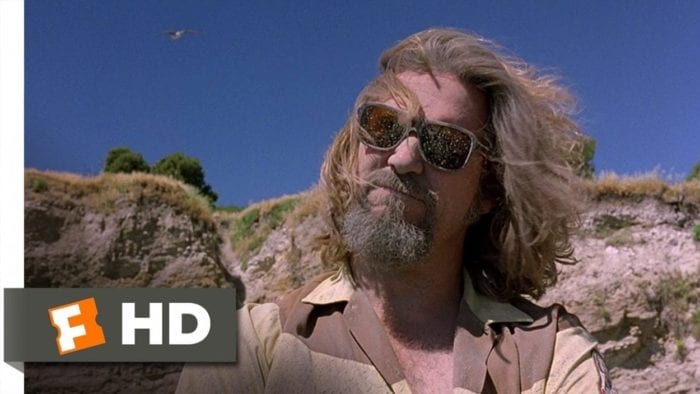
They’re Coming to Get You, Marion
Just as Night of the Living Dead does not exist without Psycho, the entire wave of gritty, nihilist horror that began in the 1970s doesn’t exist without Night of the Living Dead (and, obviously, neither does the entire zombie subgenre). Regardless of which film you think is better or which you personally prefer, between Night of the Living Dead and Rosemary’s Baby, Night of the Living Dead is ultimately the more historically important of the two. The influence of Night of the Living Dead within the genre is nearly incalculable, where the impact of Rosemary’s Baby, though not insignificant, is not nearly the same. As noted, I believe Night of the Living Dead is second only to Psycho in terms of its influence on the modern horror film. It seems quite fitting that the 1960s, that most transitional of decades for horror cinema, is so neatly bookended by these two landmark films whose influence can still be felt today.

